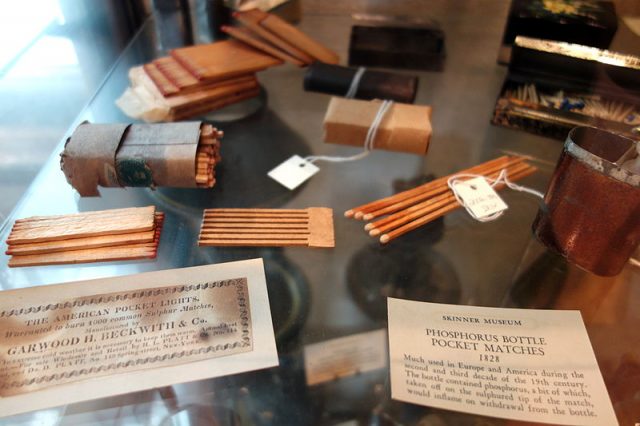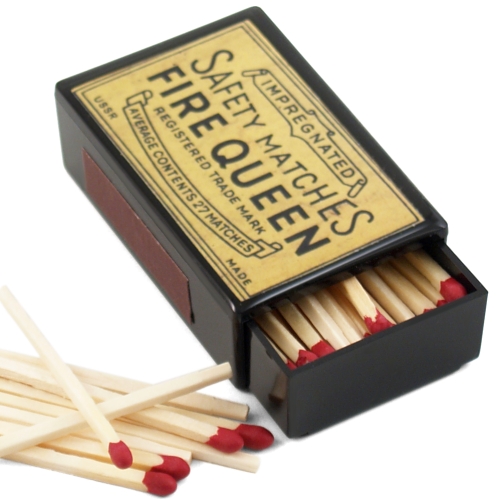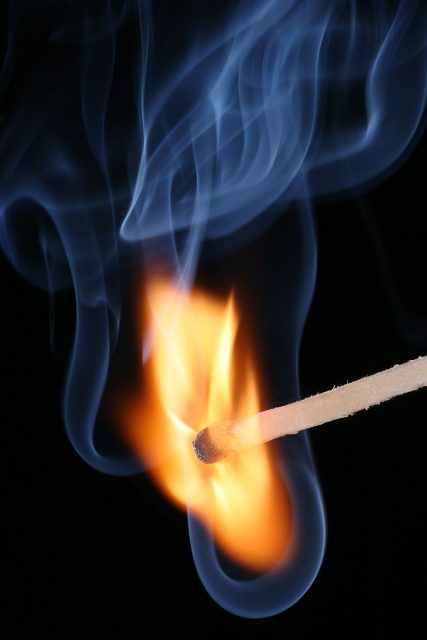We Didn’t know These 3 Things About Matches – The ‘fire inch sticks’
The history of the humble match is far more complex than you would imagine. Matches were once expensive, dangerous and rare, even though today they’re highly inexpensive and frequently given out for free.
The most common form of today’s modern match is a small cardboard strip or wooden stick with a blob of flammable material at the end. This combustible material ignites into flame when drawn across the correct rough surface.

These are known as friction matches. Modern matches fall into two categories: 1) safety matches, which only ignite when struck against a special surface and 2) strike-anywhere matches, which can be lit by scraping on virtually any rough, dry surface. But that’s not all there is to know.
Matches Are Old
According to several Chinese storytellers, the early Chinese used a crude sulfur match as far back as the year 577 AD. Matches became common and affordable in the 1800s, but they predate that time period by more than a millennium.
These early matches were small slivers of pine which were injected with sulfur. Oddly enough, these were for emergency use – intended to light lamps rapidly during nighttime dilemmas. In the late 1200s, when Marco Polo made his famous trip to Asia, matches were a common marketplace article, and they were called ‘fire inch sticks’.
Matches Aren’t Just Sticks
If you’ve ever read about matchlock cannons or rifles, then you know that a ‘match’ isn’t just a chemical-tipped stick. The historic name ‘match’ refers to a rope or cord with a burning ember at the end. These ember glowing cords were used to fire guns, cannons, and sometimes for lighting a fire.

There have been many forms of these smoldering cords; some with compounds added to speed up the burn, like a fuse for pyrotechnics, but they all share a common legacy and name. The word ‘match’ comes from the Old French word ‘mèche’, which means candle wick.
Matches Are the Result Of Alchemy
When we start talking about matches, most people today think of tiny sticks with globular chemical heads. And almost everyone understands that when we drag the match head against the proper surface, the matches ignite by the frictional heat created. But today’s match has its origins all the way back to primitive chemistry and alchemy.

During his mission to turn base substances into gold in 1669, European alchemist Hennig Brandt discovered how to isolate flammable phosphorus. He started with a vat of urine that he left standing until putrid, and then he boiled the ammonia-fragrant fluid and evaporated the resulting paste. The final product was a white waxy form of phosphorus, which actually glowed in the dark and was highly combustible.
In the 19th century, white phosphorus was used for matches until it became apparent that the toxicity was harmful. Manufacturers then began to switch to a less harmful red phosphorus formula, which is close to the formulation used today for matches!





